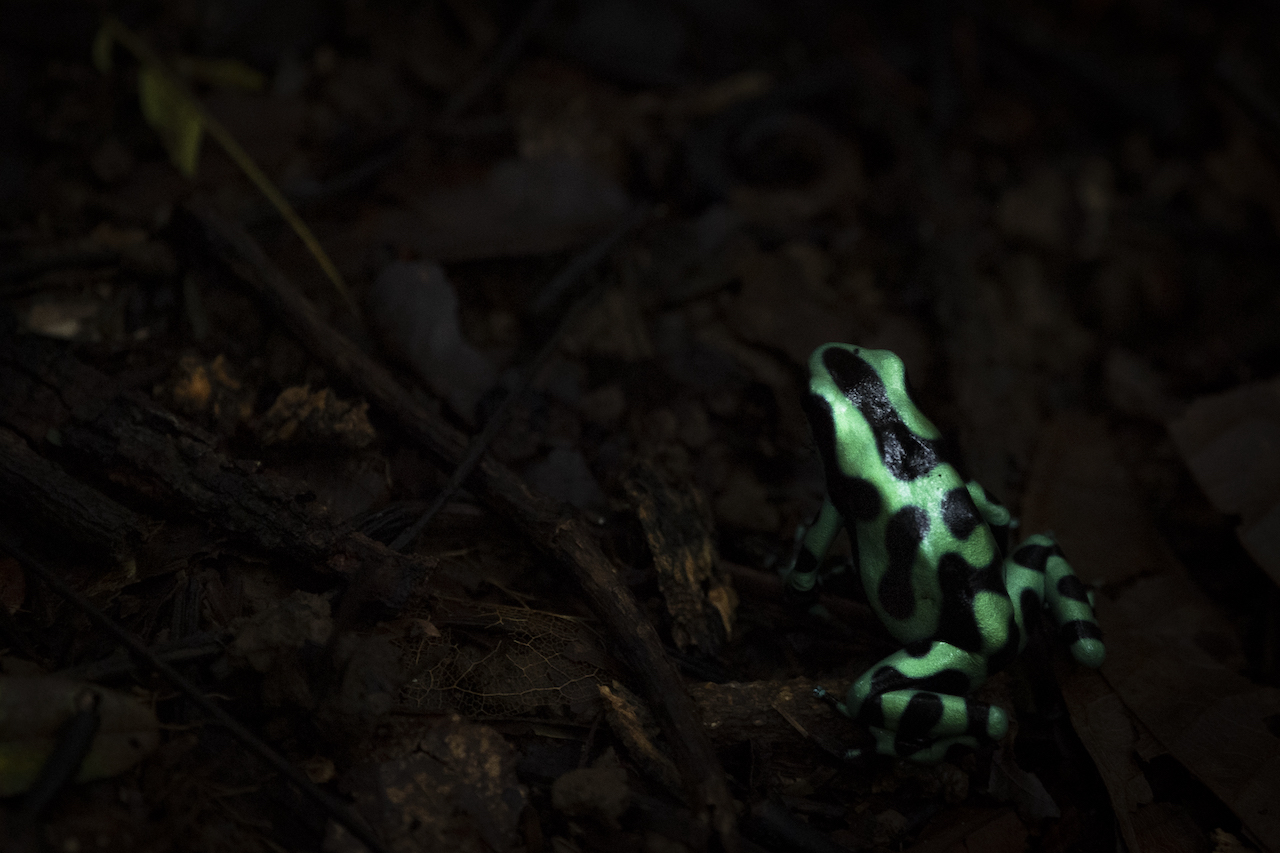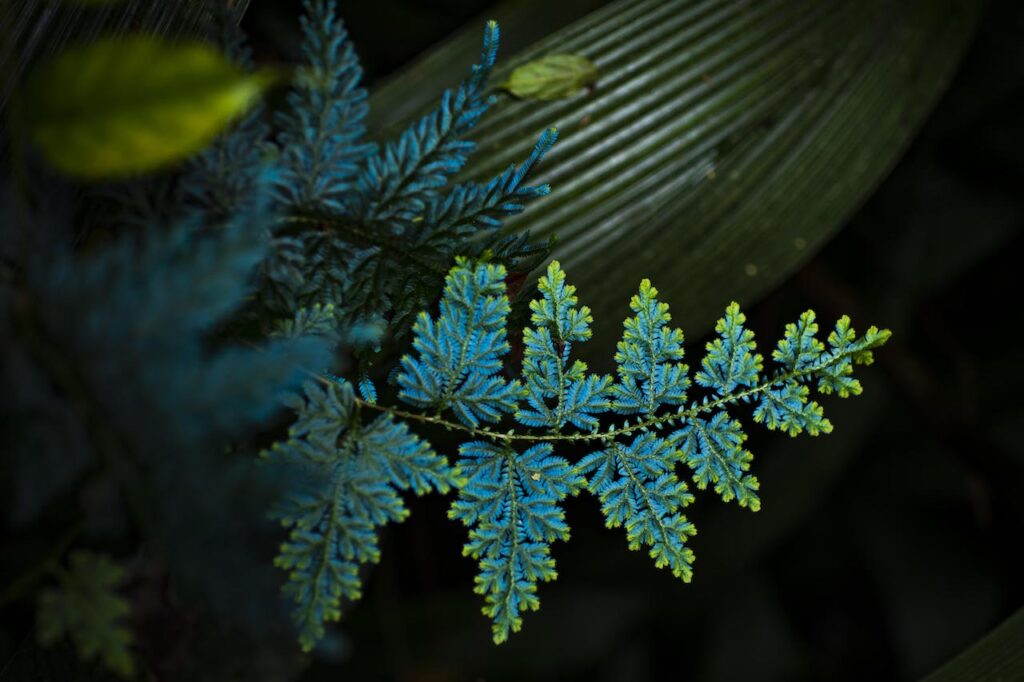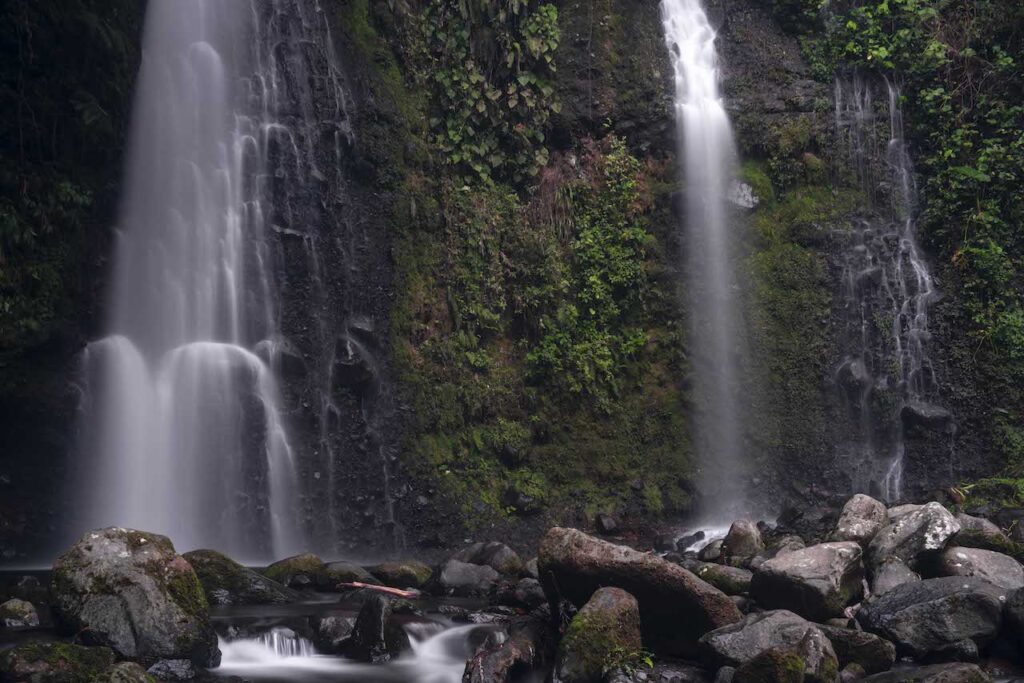Wildlife nature photography in COSTA RICA
Nature Group is doing wildlife nature photography with Several species of animals have settled in the lush jungle of Central America while migrating between the two continents.
The Pacific Ocean encounters the Costa Rica west coast. Then the Caribbean Sea washes the eastern coastline of this country, which is 119 kilometres across at its narrowest point and 280 kilometres broad at its widest. Sandy beaches and world class surfing attract many travellers but also the opportunity to view and photograph wildlife in its natural environment.

Despite having just 51,060 square kilometres of land, more than 500,000 species of animals can be found in Costa Rica. Remarkably, that’s around four per cent of all the world’s species. Of that half-million or so species, more than 300,000 are insects. Spend just a few moments standing still on a jungle track and you’re soon likely to see butterflies fluttering. Where there are insects there tends to be an abundance of birdlife. An example of this is seating or standing outside of your hotel, where you can spend several hours sitting quietly and observing birds.
Combine that with the fact that Costa Rica has a relatively small land mass, creating one of the most diverse bird populations in the world during the winter, and photographers have the opportunity not only to photograph native tropical species, but also North American species that they normally would have to travel great distances to photograph back home.

All this talk of birds doesn’t even include all of the unique species of poison dart frogs and snakes, or waterfalls, or cloud forests, or beaches. The truth is that for most of those traveling outdoor photographers, the hardest part about Costa Rica is deciding what not to shoot.
Since travel days aren’t typically very productive in terms of wildlife nature photography, it’s best to maximize your shooting by traveling as little as possible. Typically, during a photo trip in Costa Rica, it is recommended to spend at least three nights in each location so you can have two full days of shooting between travel days. If you have more time, spending even longer in each location will allow you to be even more productive. By taking one’s time and getting to know an area well, it gives photographers a chance to learn wildlife habits, deal with any bad weather, and most importantly, have the time needed to create those once-in-a-lifetime photos that don’t happen quickly.

On a typical trip, photographers fly into San José and spend a single night before heading toward the Caribbean coast to a location like Tortuguero National Park, where they’re able to get up close and personal with wildlife using boats along river canals. Shooting from boats allows you to get closer to wildlife than otherwise possible, and Tortuguero is also a great spot for many of the migratory species from North America.
Following Tortuguero, head inland to the Caribbean lowlands and the Sarapiquí area, where poison dart frogs and birds abound. This is one of the best areas to photograph a true Costa Rican classic, the red-eyed tree frog.
When planning your Costa Rican adventure, it’s best to pack as light as possible. While traveling with a camera is always a hassle, adding heat and humidity makes the task doubly difficult. Often, it’s best to pack a day bag with just what’s needed for a specific shoot, rather than carrying everything with you everywhere.
The key to doing this successfully is knowing what you’ll likely be shooting in any given location and then planning accordingly. Asking a local or your guide is a great way to be as prepared as possible for each situation.
Determining the subjects you plan to shoot during your trip will help you decide what to pack and what to leave home. In addition to the typical lenses and tripods, if you intend to do much macro or hummingbird photography, you should also pack a fair amount of lighting equipment. On a typical trip, where planning to photograph everything from small macro frogs to landscapes and birds, I end up bringing a lot of gear.
Visit us for Wildlife Nature Photography in Costa Rica
